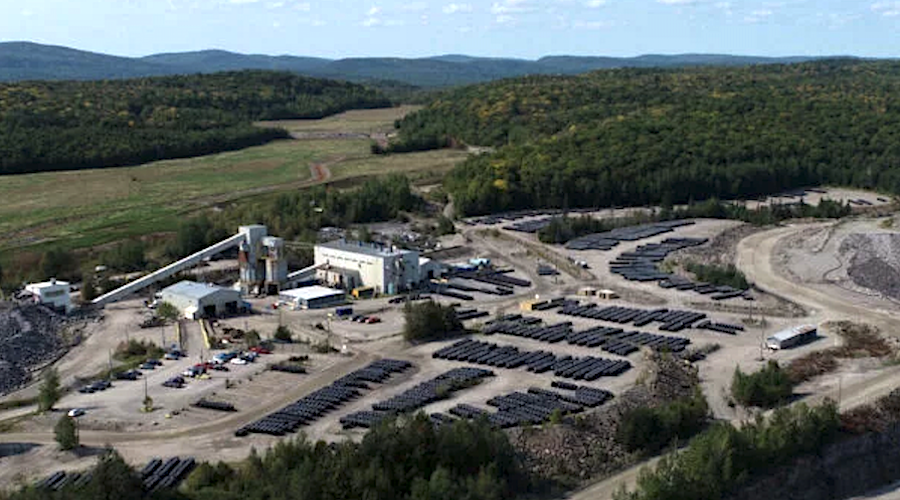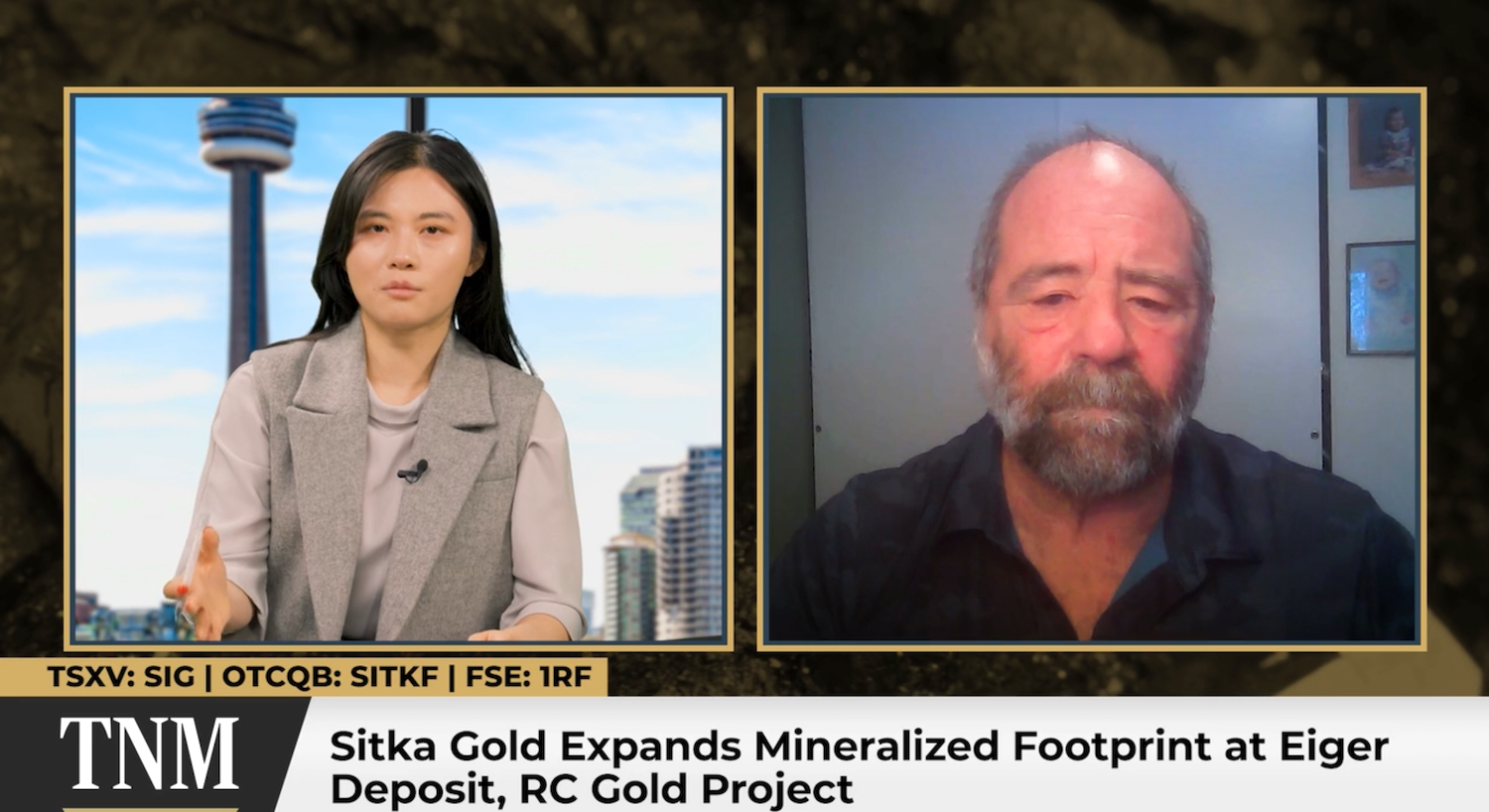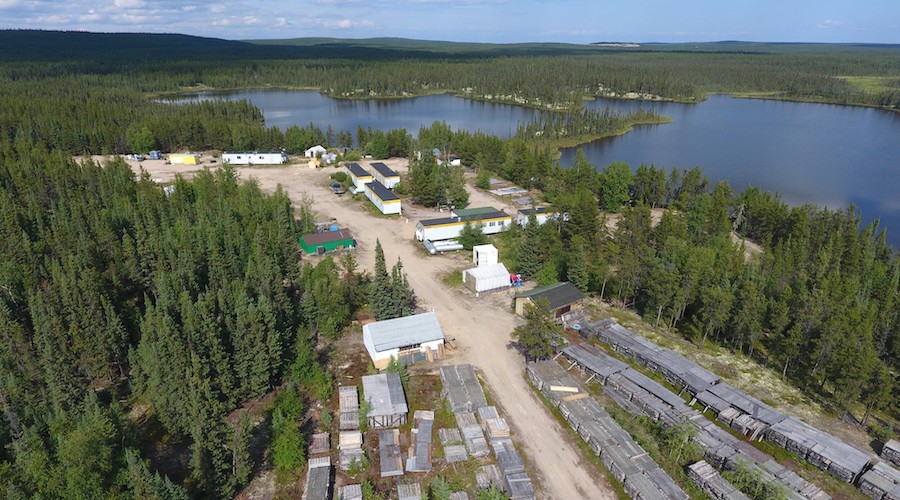Colin McClelland: How is the province striving to be a critical minerals hub for car makers and how is it coping with the failure of Northvolt?
Stéphane Desmeules: The Government of Quebec has implemented strategies and action plans to make Quebec a prime location for developing sectors related to critical and strategic minerals (CSM), from mineral exploration to processing. Quebec continues to pursue its development objectives in these areas by supporting research, innovation and investment attraction. As for the battery industry, Québec wants to create added value. Today, many of the supply chain links in this sector are either in place or under construction. Examples include lithium mines, intermediate processing in Bécancour, cathode plants under construction and recycling plants.
CM: The shift toward lithium and graphite offers diversification, but these markets are volatile and heavily influenced by China.
SD: Quebec has significant potential for lithium and graphite, but the commercial practices of some foreign countries are indeed raising major challenges to achieving its development. They have significant control over the lithium and graphite value chains, in addition to those of several other CSMs. Thus, the trade policies they implement have a significant impact on markets and observed prices, as well as creating supply issues for value chains outside these countries.
The price volatility resulting from these policies, which affects project profitability, and the uncertainty this creates makes investors more fearful and can slow down or even jeopardize project development.
Quebec, like many governments around the world, recognizes the importance of diversifying and securing supply chains linked to CSMs for which some countries still have market control.
In recent years, the Quebec Plan for the Development of Critical and Strategic Minerals (QPDCSM) has been the main tool to promote the development of CSMs in Quebec. Efforts under this plan are expected to continue in the years to come. However, additional innovative measures and tools will also be required to ensure the success of projects in the current economic and geopolitical environment.
When it comes to lithium and graphite projects, we can see in Quebec that vertical integration of value chains, from the mine to secondary or tertiary processing, allows us to succeed through better cost control and the securing of supplies.
Increasingly, some jurisdictions, including Quebec, recognize the need to intervene to ensure that CSM markets can operate efficiently, free from artificial manipulation caused by the intervention of certain states.
At the G7 meeting held in Kananaskis on June 17, member countries agreed to put in place an action plan on critical minerals that will include taking action to ensure markets for these minerals “reflect the real costs of responsible extraction, processing, and trade of critical minerals, while ensuring labour standards, local consultation, anti-bribery and corruption measures and addressing negative externalities, including pollution and land degradation.”
In the coming months, Quebec will collaborate with the Government of Canada to ensure that its interests are taken into account in this G7 initiative, thereby maximizing the chances of success for projects on its territory.
CM: Gold is big but how is Quebec positioned if these prices can’t be sustained?
SD: Gold prices remain difficult to predict, particularly over the long term. Several economic and geopolitical factors have contributed to the price increase over the past 24 months. Notably, an increased appetite for gold from central banks, coupled with much less restrictive monetary policies and heightened geopolitical tensions, contributed to the rise. While it is likely that these factors will continue to maintain the price of gold at high levels in the short term, it remains risky to comment on a duration over time.
By being a major gold producer, Quebec obviously benefits from the current situation. Several gold mining operations are active in the territory and currently generate even greater benefits due to high prices. However, a possible price decline, depending on the magnitude, would not be catastrophic for Quebec, as current prices are largely above the production costs of Quebec operations. These operations should be able to continue their activities in the long term even if the current price level is not maintained.
CM: Can you explain why Quebec has one of Canada’s more efficient permitting regimes, but developers complain about long waits for environmental approvals?
SD: Quebec has a mining permit system that is recognized for its efficiency, rigour and predictability. However, major projects must also undergo a rigorous environmental assessment process, among other things. This process is led by the environment ministry, generally including a public hearing phase conducted by the Bureau d’audiences publiques sur l’environnement (BAPE), a recognized and independent organization whose role is to inform and consult the public so that projects integrate harmoniously into their communities. Similar processes under the James Bay and Northern Quebec Agreement exist in northern territories.
This process, which is essential for ensuring transparency and trust among stakeholders, can lengthen timelines. Recognizing this reality, the environment ministry intends to address the issue through the passage of Bill 81, aiming to enhance the fluidity and efficiency of the environmental assessment process from its earliest stages.
Quebec aims to be both more agile and responsible by simplifying its approaches, enabling projects to progress more effectively while maintaining the highest environmental standards.




